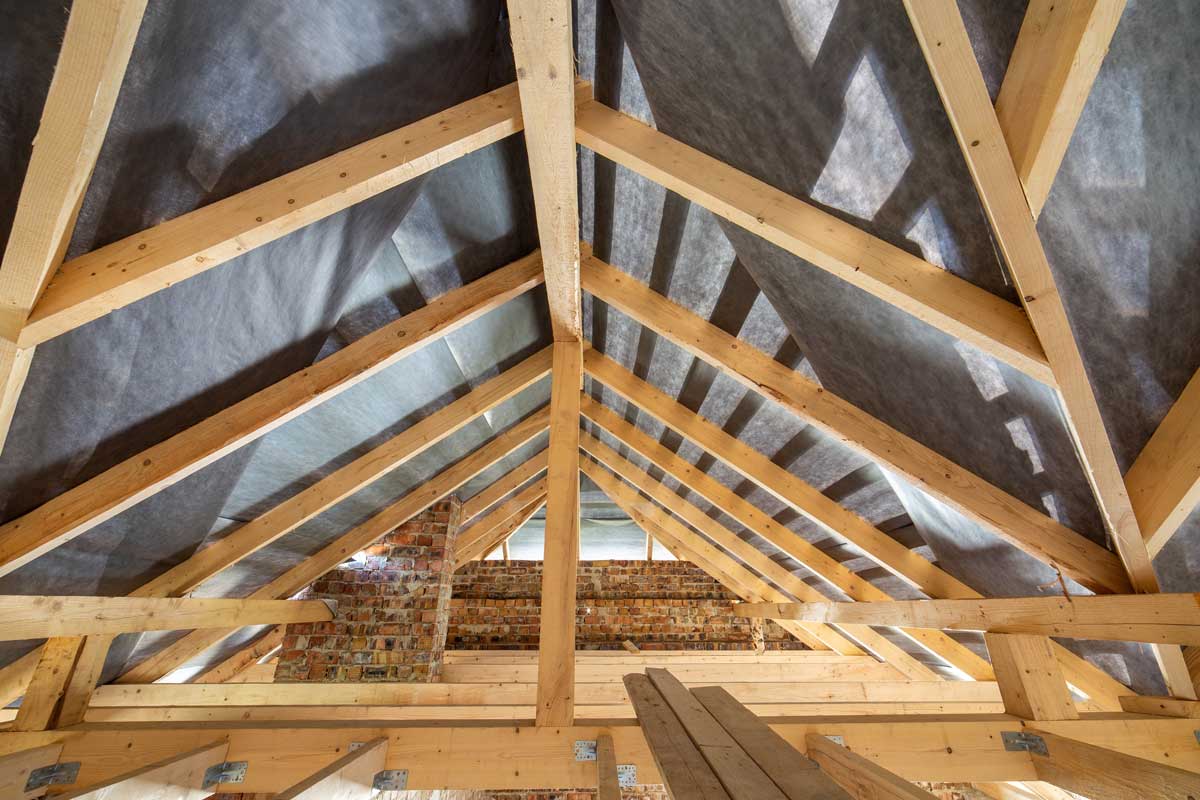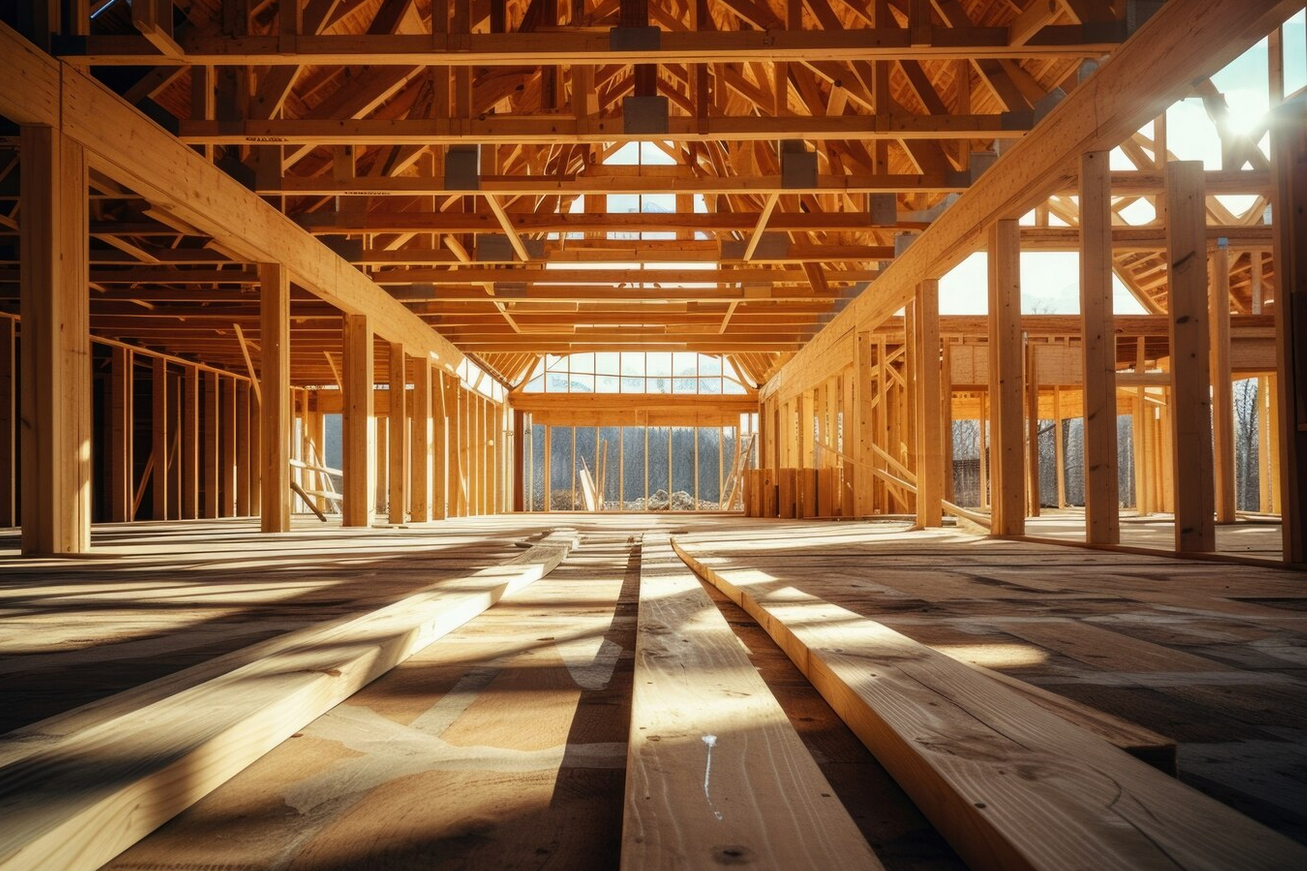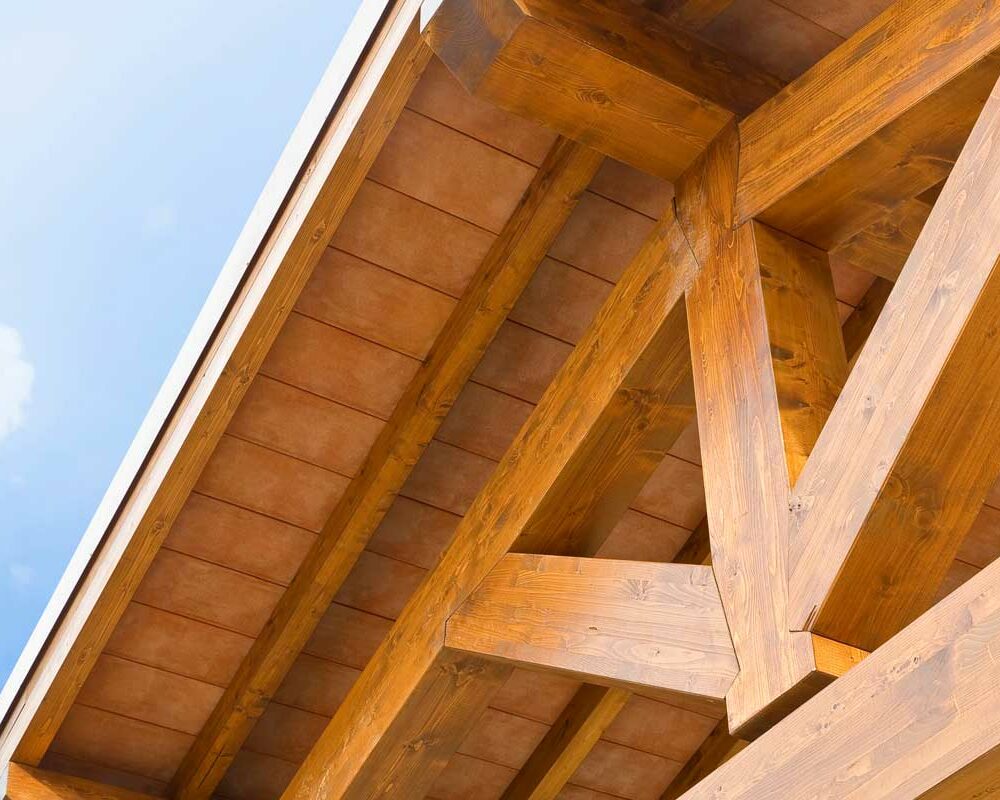The roof is a crucial element of any home, safeguarding your family and belongings from the elements. But beyond its protective role, the roof also plays a significant role in your home’s overall design and aesthetic.
When it comes to modern roof construction, timber roof trusses have become a popular and reliable choice for Australian builders. These prefabricated trusses offer a multitude of benefits, including strength, stability, and design flexibility.
However, for any homeowner considering timber roof trusses, understanding the cost factors involved is essential. This article will guide you through the key considerations that influence the price of your roof truss system, empowering you to make informed decisions for your project.
Understanding Timber Roof Trusses
Roof trusses are prefabricated triangular units typically made from timber. They work together to distribute the weight of your roof evenly across the walls of your home, providing exceptional stability and support. This allows for larger and more open living spaces without the need for additional support beams.
Why Timber?
Timber structures, frames, and roof trusses are favourable due to timber’s inherent strength, natural insulating properties, and relatively lightweight nature. It’s also readily available and easy to work with during construction. There are two most common timber options for roof trusses in Australia: H2 Termite-Proof Treated Pine and Non-Treated Plantation Radiata Pine.
H2 Termite-Proof Treated Pine
H2 Termite-Proof Treated Pine undergoes a special treatment process that imbues the timber with chemicals that deter termites and fungal decay. This treatment offers significant peace of mind, particularly in areas prone to termite activity. H2-treated pine is a popular choice for roof trusses as it provides long-lasting performance and enhanced structural integrity.

Non-Treated Plantation Radiata Pine
Non-treated plantation pine is a cost-effective option for roof trusses. This readily available timber has good structural properties and a lightweight design. However, it’s crucial to note that non-treated pine is susceptible to termite attack and fungal growth. To mitigate these risks, proper ventilation in your roof cavity and potential additional preventative measures may be necessary.
Factors Influencing Costs
Timber roof trusses offer a compelling combination of strength, versatility, and affordability for your Australian home. However, like any residential construction project, there are various factors that can influence the overall cost of roofing systems. Here, we’ll explore the key considerations that impact the price tag of roof trusses, empowering you to make informed decisions for your project.
Material Costs
The type of timber you choose for your roof trusses is a significant cost factor. As discussed previously, H2 Termite-Proof Treated Pine and Non-Treated Plantation Radiata Pine are the two most common options in Australia. While we won’t get into specific pricing here (as it can fluctuate depending on market conditions), it’s important to understand the general cost implications:
- H2 Termite-Proof Treated Pine: This option offers superior protection against termites and fungal decay, making it a worthwhile investment, particularly in areas prone to these threats. However, due to the additional treatment process, H2-treated pine typically comes at a higher cost compared to non-treated pine.
- Non-Treated Plantation Radiata Pine: This readily available timber presents a cost-effective option for roof trusses. Its good structural properties and lightweight design could potentially lower material costs. However, it’s crucial to remember that non-treated pine is susceptible to termite attack and fungal growth.

Installation and Assembly
While roof trusses themselves arrive prefabricated, the installation process requires skilled professionals to ensure proper assembly and structural stability. The cost of installation will typically include factors like:
- Labour costs: Experienced builders specialising in roof truss installation will command a fair price for their expertise.
- Delivery and handling: The size and complexity of your roof truss system will influence the delivery and handling costs.
It’s important to remember that while upfront costs might be tempting, skimping on professional installation can have significant consequences down the line. Improperly installed roof trusses can compromise the structural integrity of your home, leading to expensive repairs in the future.
Long-Term Maintenance
The beauty of timber roof trusses is their inherent durability. However, some basic maintenance practices can extend their lifespan and overall performance. These practices might include:
- Regular inspections: Having a qualified professional inspect your roof trusses for any signs of wear, tear, or potential termite activity is crucial for early detection and prevention of future problems.
- Maintaining proper ventilation: Adequate ventilation in your roof cavity helps prevent moisture build-up, which can contribute to fungal growth.
The good news is that many reputable timber suppliers offer a 25-year warranty on their products, providing peace of mind and additional protection for your investment.

Carefully considering these cost factors – material selection, installation, and long-term maintenance – can help you make informed decisions when investing in timber roof trusses for your Australian home. Remember, a well-designed and professionally installed roof truss system will not only enhance the aesthetics of your home but also provide lasting strength and security for your family for years to come.
The Value Proposition of Timber Roof Trusses
Timber roof trusses are a popular choice for Australian homes, and for good reason. They offer a compelling combination of cost-effectiveness, versatility, and – most importantly – exceptional quality and long-lasting durability.
Engineered for Strength and Reliability
At the heart of this value proposition lies the rigorous manufacturing process. Reputable timber truss manufacturers in Australia employ strict quality control measures and advanced design software to ensure every truss meets the highest engineering standards. This translates to:
- Structural Integrity: Timber roof trusses are meticulously engineered to handle the load placed upon them, ensuring your roof remains strong and stable for decades to come.
- Sustainable Choice: Timber is a natural and renewable resource that acts as a carbon sink, helping to reduce your home’s carbon footprint and overall environmental impact.
- Peace of Mind: Knowing your roof is built with high-quality, precisely engineered wood trusses provides invaluable peace of mind. You can rest assured that your home is well-protected from the elements, year after year.
The combination of quality materials, innovative engineering, and professional installation ensures a roof structure that delivers exceptional value for your investment.

Your Dream Home Deserves the Best
Throughout this guide, we’ve explored the various factors that influence the cost of timber roof trusses. While upfront costs are a natural consideration, it’s essential to remember that a well-designed and professionally installed roof truss system is an investment in your home’s long-term security and value.
Timber roof trusses, manufactured with quality materials and engineered for strength, provide:
- Exceptional structural integrity and stability
- Durability that withstands the elements for decades
- Design flexibility to create the perfect look for your home
By choosing high-quality timber trusses, you’re not just building a roof – you’re creating a lasting foundation for your home’s comfort and safety.

Ready to explore the possibilities of timber roof trusses?
The team at Trueform Frames & Trusses are experts in crafting high-quality roof truss systems tailored to your specific needs and budget. We invite you to contact us today for a free consultation.



